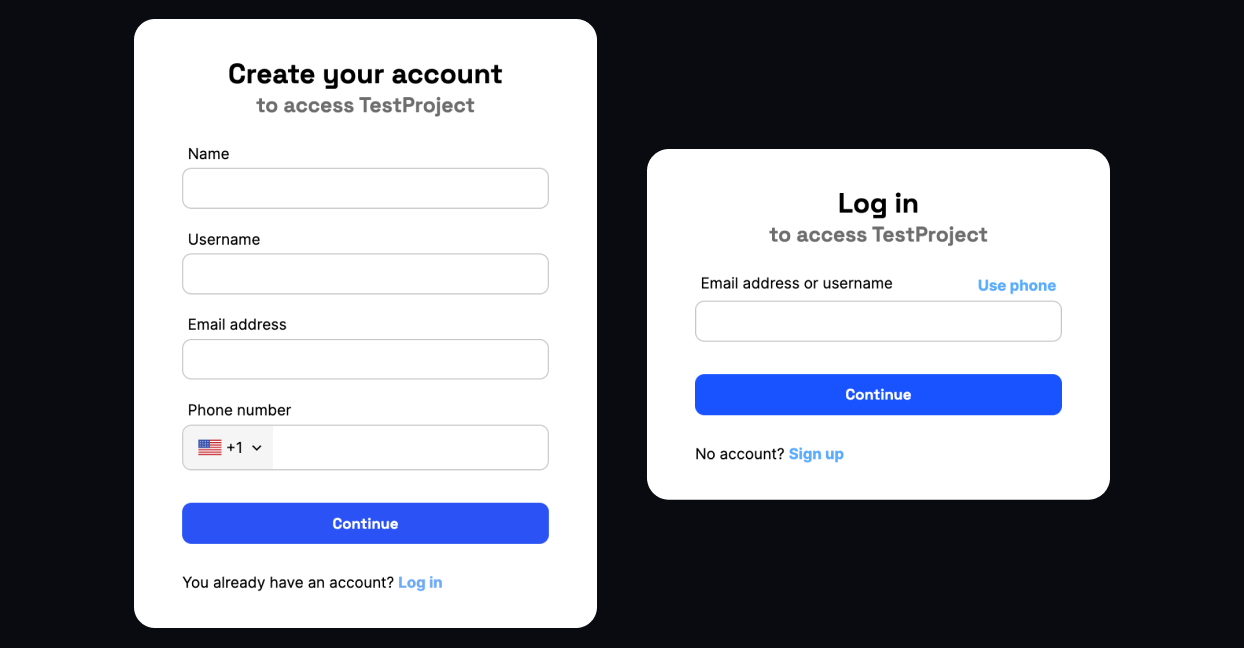import {Component, ElementRef, OnInit, ViewChild} from '@angular/core';
import Corbado from '@corbado/web-js';
import {Router, RouterOutlet} from "@angular/router";
@Component({
selector: 'app-root',
standalone: true,
imports: [RouterOutlet],
templateUrl: './app.component.html',
styleUrl: './app.component.css'
})
export class AppComponent implements OnInit {
@ViewChild('corbadoAuth', {static: true}) authElement!: ElementRef;
constructor(private router: Router) {
}
async ngOnInit() {
// Load and initialize Corbado SDK when the component mounts
await Corbado.load({
projectId: "pro-1234567890",
darkMode: 'off',
});
// mount Corbado auth UI for the user to sign in or sign up
Corbado.mountAuthUI(this.authElement.nativeElement, {
onLoggedIn: () => {
console.log('User logged in');
// Redirect to the profile page after the user logs in
this.router.navigate(['/profile'])
},
})
}
}
